Charlotte Motor Speedway - NASCAR Closed due to Covid 19
Charlotte Speedway - NASCAR Closed due to Covid-19
NASCAR SCHEDULE UPDATE
NASCAR’s revised 2020 schedule includes the Coca-Cola 600 on Sunday, May 24 for FOX and PRN broadcast without spectators in attendance. See the Coca-Cola 600 Ticket Exchange page and CMS Event Schedule Updates for more information. The 2020 NASCAR All-Star Race has been postponed to a yet-to-be-determined date. Visit the All-Star Race Ticket Exchange page for more information. Due to the ongoing pandemic, our walk-in ticket office remains closed, however, our ticket agents are working remotely.
Charlotte Motor Speedway, formerly Lowe's Motor Speedway, is a motorsports complex located in Concord, North Carolina 13 mi (21 km) from Charlotte. The complex features a 1.5 mi (2.4 km) quad oval track that hosts NASCAR racing including the prestigious Coca-Cola 600 on Memorial Day weekend, the NASCAR All-Star Race, and the Bank of America Roval 400. The speedway was built in 1959 by Bruton Smith and is considered the home track for NASCAR with many race teams located in the Charlotte area. The track is owned and operated by Speedway Motorsports, Inc. (SMI) with Marcus G. Smith (son of Bruton Smith) as track president.
The 2,000 acres (810 ha) complex also features a state-of-the-art quarter mile (0.40 km) drag racing strip, ZMAX Dragway. It is the only all-concrete, four-lane drag strip in the United States and hosts NHRA events. Alongside the drag strip is a state-of-the-art clay oval that hosts dirt racing including the World of Outlaws finals among other popular racing events.
History
Charlotte Motor Speedway was designed and built by Bruton Smith and partner and driver Curtis Turner in 1959. The first World 600 NASCAR race was held at the 1.5 mi (2.4 km) speedway on June 19, 1960. On December 8, 1961, the speedway filed bankruptcy notice. Judge J.B. Craven of US District Court for Western North Carolina reorganized it under Chapter 10 of the Bankruptcy Act; Judge Craven appointed Robert "Red" Robinson as the track's trustee until March 1962. At that point a committee of major stockholders in the speedway was assembled, headed by A.C. Goines and furniture store owner Richard Howard. Goines, Howard, and Robinson worked to secure loans and other monies to keep the speedway afloat.[4]
By April 1963 some $750,000 was paid to twenty secured creditors and the track emerged from bankruptcy; Judge Craven appointed Goines as speedway president and Howard as assistant general manager of the speedway, handling its day-to-day operations. By 1964 Howard become the track's general manager, and on June 1, 1967, the speedway's mortgage was paid in full; a public burning of the mortgage was held at the speedway two weeks later.[5]
Smith departed from the speedway in 1962 to pursue other business interests, primarily in banking and auto dealerships from his new home of Rockford, IL. He became quite successful and began buying out shares of stock in the speedway. By 1974 Smith was more heavily involved in the speedway, to where Richard Howard by 1975 stated, "I haven't been running the speedway. It's being run from Illinois."[6] In 1975 Smith had become the majority stockholder, regaining control of its day-to-day operations. Smith hired H.A. "Humpy" Wheeler as general manager in October 1975, and on January 29, 1976, Richard Howard resigned as president and GM of the speedway.
Together Smith and Wheeler began to implement plans for improvement and expansion of the speedway.[3]
Night racing at Charlotte Motor Speedway
In the following years, new grandstands and luxury suites were added along with modernized concessions and restrooms to increase the comfort for race fans. Smith Tower, a 135,000 square feet (12,500 m2), seven-story facility was built and connected to the grandstands in 1988. The tower houses the speedway corporate offices, ticket office, gift shop, leased offices and The Speedway Club, an exclusive dining and entertainment facility. The speedway became the first sports facility in America to offer year round living accommodations when 40 condominia were built overlooking turn 1 in 1984, twelve additional condominium units were later added in 1991.[3]
In 1992, Smith and Wheeler directed the installation of a $1.7 million, 1,200-fixture permanent lighting system around the track developed by Musco lighting. The track became the first modern superspeedway to host night racing, and was the largest lighted speedway until 1998 when lights were installed around the 2.5 miles (4.0 km) Daytona International Speedway. In 1994, Smith and Wheeler added a new $1 million, 20,000 square feet (1,900 m2) garage area to the speedway's infield.
-
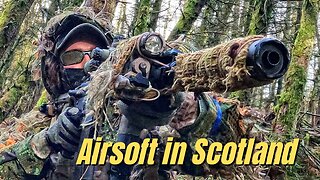 4:42
4:42
scoutthedoggie
6 hours agoWar Games in Scotland
23 -
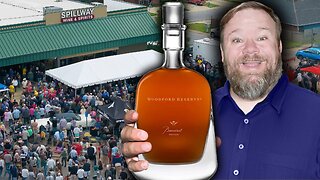 35:59
35:59
Brewzle
21 hours agoThis Is The BIGGEST Bourbon Drop I’ve Ever Seen
94 -
 8:03:59
8:03:59
SNEAKO
14 hours agoSNEAKO X SPECIAL GUEST
117K95 -
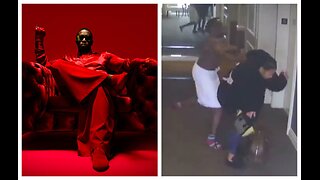 6:56:33
6:56:33
Akademiks
17 hours agoDiddy Brutal Beatdown of Cassie Caught on Video Tape! Diddy Paid to Supress it, But it still LEAKED!
95.2K56 -
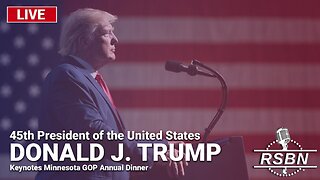 LIVE
LIVE
Right Side Broadcasting Network
3 days agoLIVE REPLAY: President Trump Keynotes Minnesota GOP Annual Dinner - 5/17/24
6,193 watching -
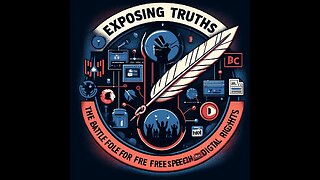 1:03:27
1:03:27
Talk Nerdy 2 Us
11 hours agoExposing Truths: Julian Assange's Battle and the TikTok Conspiracy
56.7K8 -
 1:58:50
1:58:50
Laura Loomer
13 hours agoEP47: Georgia GOP Rocked With Anti-Trump Scandal Ahead of State RNC Convention
88.6K62 -
 2:20:49
2:20:49
Roseanne Barr
14 hours agoWe finally got Ryan Long!!!! | The Roseanne Barr Podcast #48
84.6K79 -
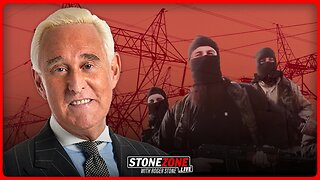 1:01:06
1:01:06
The StoneZONE with Roger Stone
16 hours agoWill Terrorists Take Down America's Power Grid? With Glenn Rhoades | The StoneZONE w/ Roger Stone
75.9K48 -
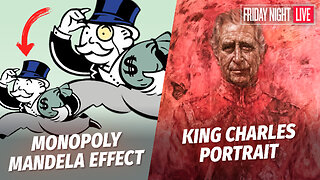 1:03:58
1:03:58
Edge of Wonder
16 hours agoAce Ventura: Mandela Detective, King Charles Portrait & Weird News
77.1K77